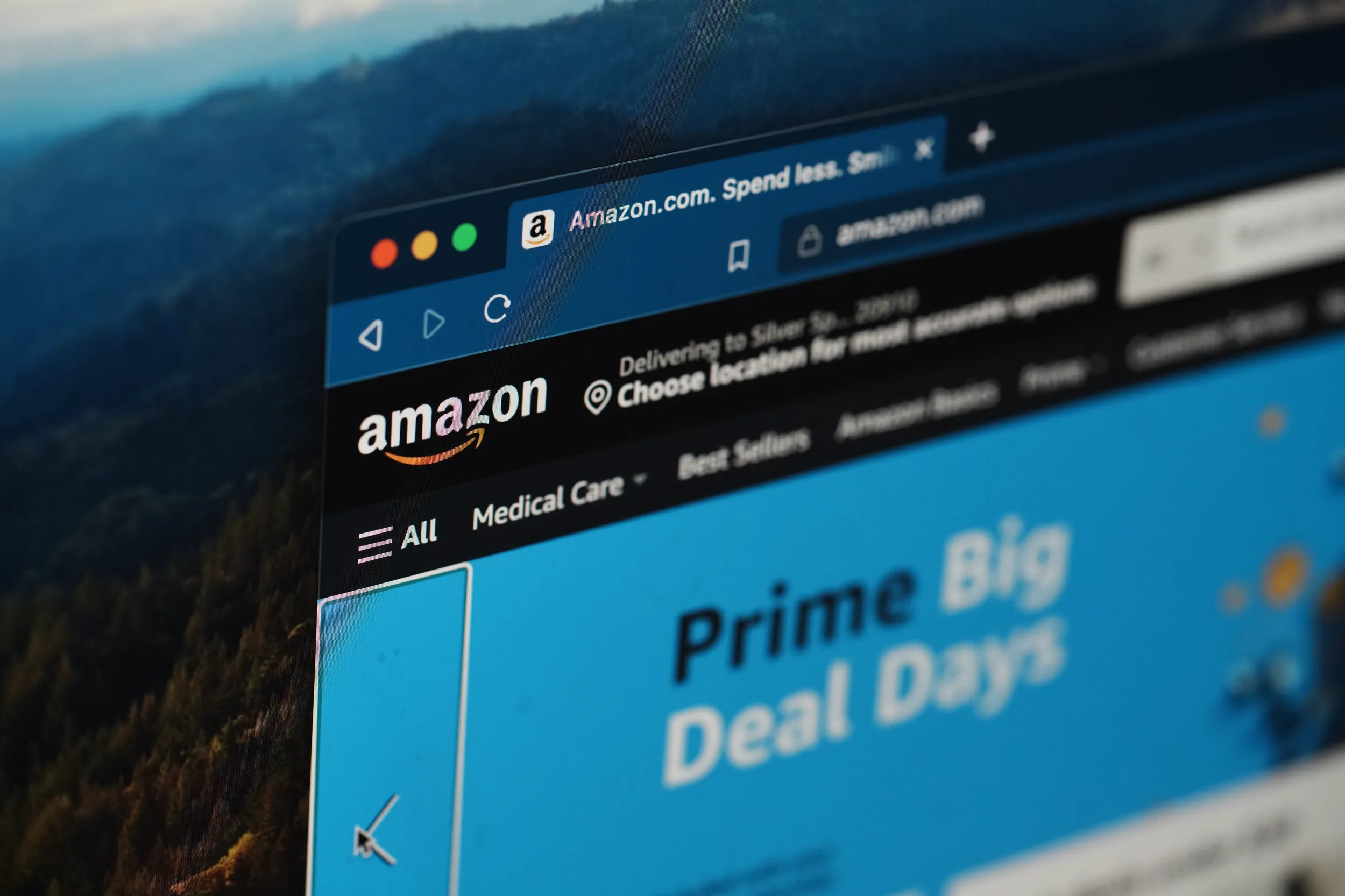Rogue Amoeba’s Paul Kafasis on Consumer Recording, Provocative Branding, & Endangered Gizmos
 You’d think that with a zany company moniker like Rogue Amoeba, and a flagship product named Audio Hijack, CEO Paul Kafasis and his colleagues would have received far more press attention than they have in the company’s past 12 years of existence.
You’d think that with a zany company moniker like Rogue Amoeba, and a flagship product named Audio Hijack, CEO Paul Kafasis and his colleagues would have received far more press attention than they have in the company’s past 12 years of existence.
After all, Audio Hijack Pro is a piece of software that enables individuals to copy digital music broadcasts, among other things. But it’s also capable of much more. As this CNET review puts it, “Audio Hijack Pro is an affordable audio-recording workhorse for the Mac, capable of capturing audio from applications, devices such as microphones, or any other source that runs through your machine.”
Kafasis, a co-founder of the privately-held company, points out that the company’s software doesn’t focus on distribution. And if Rogue Amoeba had wanted to make an application to pirate music, it could have designed the software to make the process much more seamless. Instead, Audio Hijack focuses on attributes more important to audio producers rather than building in convenience for ethically-challenged music consumers.
Before podcasting became a mainstream phenomenon around 2005, Audio Hijack enabled users to both time-shift and place-shift streaming audio programming on the Web, functionality that U.S. courts have repeatedly deemed lawful, as a form of fair use. These days, journalists and others use Audio Hijack Pro to interview people through their Macs using applications like Skype (the legality of which varies from state to state if subjects aren’t informed about it.) They often also use Rogue Amoeba’s Fission audio editing tool to trim those interviews for podcasts.
Kafasis founded Rogue Amoeba in late 2002 while he was a 19-year-old sophomore in college at Tufts University. His co-founders are Quentin Carnicelli, now the company’s chief technology officer, and Alex Lagutin, its senior programmer. They all met while working at another software company before leaving to create another short-lived startup called SubAmp before Rogue Amoeba.
In the edited Q&A below, Kafasis said that legal considerations never shaped the design of Rogue Amoeba’s software, although he has kept an eye on the Electronic Frontier Foundation’s Endangered Gizmos list over the years.
Q: Tell us how you came to create Rogue Amoeba.
A: There are three of us, Quentin, Alex and myself, studying software in college. We got started working together in ‘99 or 2000, and we were doing work with MacAMP, one of the first MP3 players on the Mac. We didn’t have any particular expertise in this, but nobody told us we couldn’t do this, so we tried it, and it seemed to have turned out alright.
We were working with plugins on that, and that eventually became Audio Hijack, which was Rogue Amoeba’s first product. We ended up forming a company to release that as a standalone product when we saw that people were interested in using that.
But when it was first created, it was actually created as a tool for audio effects, as an equalizer to things like movies in RealPlayer. The original idea, people still use it for that, but it’s definitely a secondary use for how it’s used.
When MP3 came out it was actually a pretty big breakthrough in music. It actually made it possible to get music from the Internet. This was before WinAmp, and before iTunes. This was the first software that made it possible to listen to MP3 files.
We had a version of MacAmp in 2001 that had effects. It had things like equalizer and bass and treble controls, but it only worked with audio that was playing in MacAmp. So we created a plugin for it that let you pull audio in from other applications. So the idea was, I’m watching a movie in a DVD player, or at the time RealPlayer, or I want to adjust the treble or add an equalizer to it.
A few people were interested in it, but what people were really interested in was recording that audio for all kinds of use cases. At the time you could play audio on your computer, but there was no way to record it.
Initially, when we pitched this, we weren’t 100% sure that it was legal to do this, so we focused heavily on audio effects, so that’s how the product came about in the first place.
It was mostly a hedge. Obviously we knew people wanted to record, and it had recording functionality, but we were concerned, as far as claiming that too strongly. But then we did a bunch of research and quickly realized that we didn’t have much of a concern there.
I think in September of 2002 when the very first version of Audio Hijack came out, and within about 7-8 weeks, we had a version that had timed recording. That was the number one thing that people wanted to be able to do, was to be able to set timed recordings.
Podcasts got big around 2005, 2006 and 2007, but before that you had streaming, and there was no way you could download anything. That changed with podcasts. But at the time, you actually needed a live Internet connection to listen to this stuff, so what people would do is make their own podcasts.
It pointed the way to podcasts. It was a time where you had to sit down at your desk to listen to the audio, but people wanted to take it with them.
Q: Did you ever approach any entertainment businesses, telling them that this is a cool tool, and there are lots of things you can do with it, would you be interested in offering it to the public?
A: We were always pretty happy talking directly with our customers. It’s something where the content holders are very protective and hesitant. It took forever for music sales to get going, and the technology community was ahead of them.
The entertainment industry wanted to hold back their content and put content protection on their CDs, instead of making their music available for download, which is obviously what people wanted.
Q: What’s the story behind the name Rogue Amoeba?
A: [Laughs] I wish I had a good story. We had the product ready to go, and we were arguing over names for weeks, and that’s what we finally settled on. The domain was available, and we liked the imagery that it brought to mind. It really was just a creation, and there really isn’t a good reason for it.
Q: Isn’t the name ‘Audio Hijack’ a little provocative?
A: If it is a little provocative, it causes people to pay attention to it, which is a good thing.
But it’s an audio capture tool. It’s a tool for capturing audio from other applications, and either adjusting it or recording it. A name like Audio Capture is accurate, but kind of boring, but it’s something where we were looking for synonyms for capture and ‘hijack’ worked pretty well.
I think the biggest issue that we’ve had is that we’d get someone writing about it, and saying ‘Audio Hijack — doesn’t that sound illegal?’
The tool was never designed to do anything illegal. We didn’t say to ourselves: ‘Let’s make a tool to enable people to steal content.’ It was something where we said: Let’s make a tool to let people record audio, which is clearly something that they want to do. Clearly it is legitimate. If anything, that’s where the name has been a little bit of a hindrance because people sometimes jump to a conclusion.
Recording audio on its own is not illegal. The example I always use is, you can use a baseball bat to hit a homerun, or you can use it to beat somebody up, but we still let Louisville Slugger manufacture baseball bats and stay in business. The tool has been designed for one thing, and just because it’s been misused, it doesn’t mean you have to get rid of the tool itself.
Q: Has anyone outside of the United States tried to go after you and shut you down?
A: The tool is almost like an old tape deck on an old stereo. There are an infinite number of fair uses for it. Who exactly would go after that? Each individual radio station, or music labels might feel that they’re being slightly harmed by that, but to actually go after the creator is pretty difficult because the tool has pretty legitimate uses. So for us, it’s not something we’ve been too concerned about.
But again, this is not a tool that is designed to pirate content. It’s a tool designed to record content, and there are infinite fair uses for that.
I don’t know how much you’ve looked at other pieces of recording software, but there are some tools that will take a stream of audio, and they’ll try to break it up into individual songs, so if you’re listening to a radio stream, you can potentially use this tool to say, record an hour of music, and tag each song, so at the end of it you have 15-20 individual songs that you otherwise would have had to purchase. We get requests for that kind of functionality on a weekly basis, but it’s not something that we’ve ever added, because that’s crossing the line, in my mind.
At that point, you’re saying: I don’t want to pay for this music, I just want to record it, and have it on my iPhone, or whatever. Reasonable people can disagree, but the difference is pretty clear to most people, I think. In many cases, it’s just easier to pay for it, anyway.
It’s interesting, when we first got started with this, but we weren’t full time with it, someone from the RIAA (Recording Industry Association of America) downloaded [Audio Hijack Pro,] but we never heard anything more from them. It’s been 11 or 12 years since they purchased it, but we’ve never heard a peep.
Q: What are some of the other cool uses of this software?
A: Some of the edge cases are, let me think: People record concert DVDs and put it on CDs so that they can play it in their cars. So there are a lot of format constraints, and people want to be free of those constraints.
The EFF (Electronic Frontier Foundation) has a page of projects that have been sued out of existence. It’s the Endangered Gizmos list. That’s something that we’ve watched. There’s some software that’s been brought down that we didn’t think necessarily should be.
Napster is on that list. There’s a tool for decrypting Adobe eBooks called Advanced eBook Processor, which got forced out of business. There’s a tool called DVDX Copy, a DVD archiving program. So basically, you were able to rip a copy of the DVD, and that actually got forced out of business, even though that is fair use as long as you’re not distributing those DVDs.
But there was a box called Streambox VCR, which was a Windows app that let you record a RealAudio Stream. (There’s a very antiquated sentence, I don’t think that’s something that people are doing anymore!) But RealNetworks, the company behind RealAudio, actually sued Streambox, because it had to use some sort of handshake to get around the anti-circumvention on their audio.
It was the design of the tool that got it into trouble. The way Audio Hijack works is that effectively just before it gets to your speakers, as long as your computer has the ability to play it, we can capture that audio. What this was doing was actually talking, mimicking the language that Real Audio used. The end result was pretty much the same. The implementation decision was part of the issue for them.
Q: Do you have a lawyer/legal counsel? Or do you look at a problem, do a lot of research [on the legality of a piece of software] and then decide ‘OK, this is the best way to do it?’
A: It was neither. We didn’t consider the legal aspect of it. It was the best way to design it.
Again, we capture the audio before it hits the speaker, so any decryption that has to happen has been done, any audio playback that’s needed is done. It’s just an audio signal. It was a simple implementation, and I think the best implementation because it meant that we didn’t have to muck around the DRM and things like that.
It was the design that made the most sense for us.








